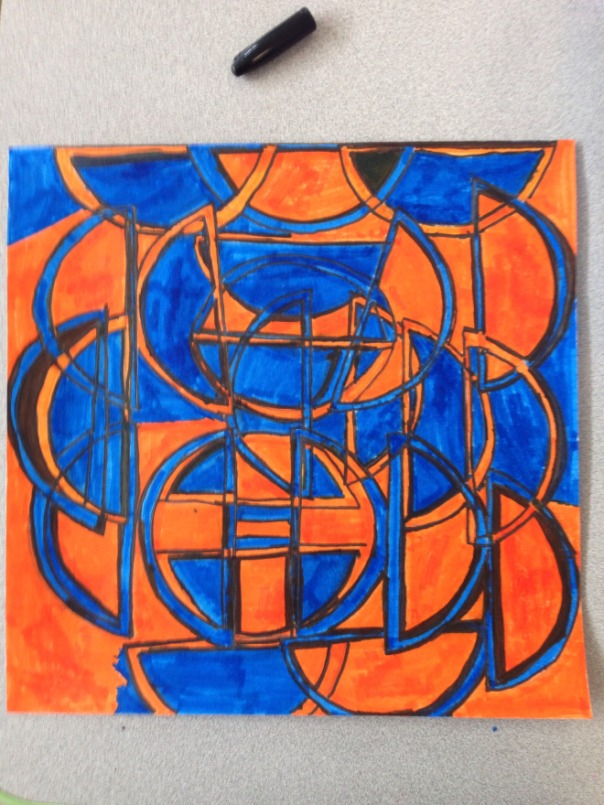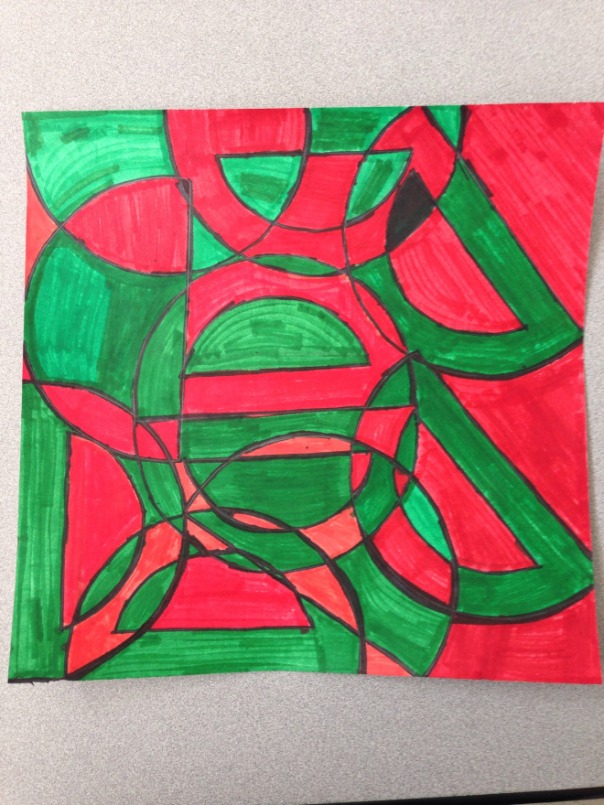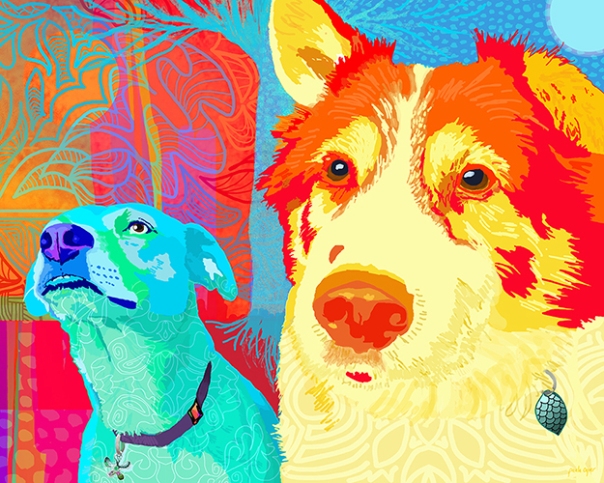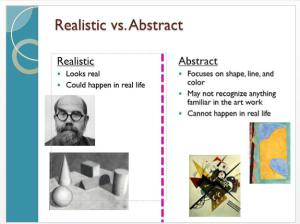I have recently finished reading the book, Live through this: On creativity and self-destruction (Chapadjiev, 2008). It’s a book made up of twenty-one essays by female artists describing how their art making was used to survive and process various traumas and self-destructive behaviors. There was a lot about this book that I wanted to share with my students, but it seemed to me to be a little heavy to give them directly. I wanted to have the conversation about how art could be used to process complex emotions, but I felt, for lack of a better term, that a class long discussion on using art to process depression/trauma/addiction would be a bit of a downer. At the same time, I have students that are now, or someday will be facing these issues and might need to use their art making as a remedy.
I decided to approach the topic…
View original post 329 more words









